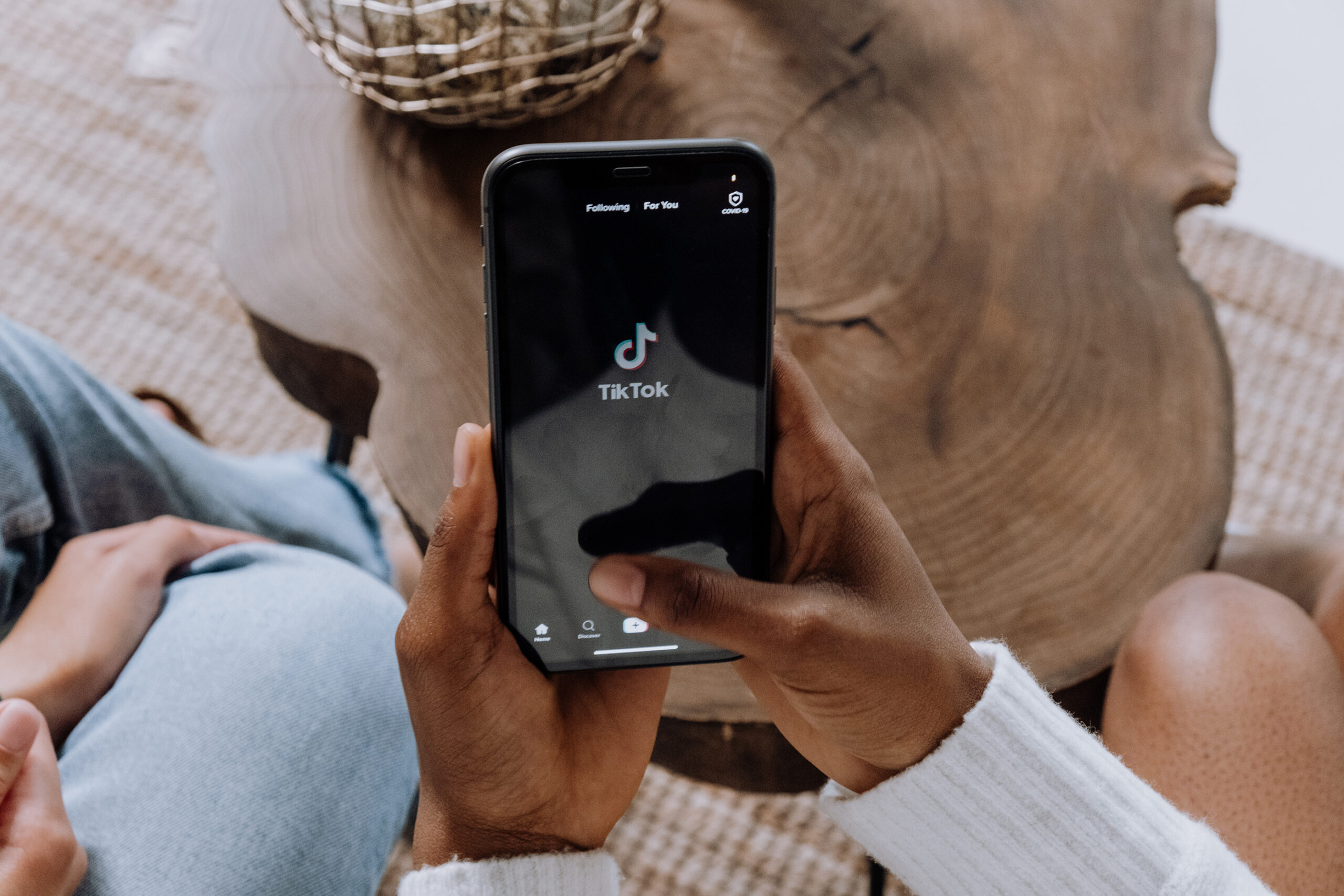An increasing number of U.S. adults get their news from TikTok, a new Pew Research Center study found.
Nearly every social media site experienced either a decline or stagnation in its share of users who regularly get news there since 2020 — except TikTok, which saw an increase. Thirty-three percent of TikTok users said they regularly get their news on the app, a 10% jump from 2020.
Such users are predominantly younger, with 52% of the app’s audience 18 to 29 years old.
Katerina Eva Masta, co-author of the fact sheets produced from the study and associate director of the Journalism and Media research team at Pew, said she was most surprised by the results for TikTok.
“I thought that was an interesting uptick and gain,” Masta said. She said she knew TikTok was growing in popularity for entertainment, but the share of people using the platform for news was surprising.
“We all hear about TikTok and people using it in fun ways, and I feel like we see a lot of that content also circulating in other places,” Masta said.
 Although TikTok has made gains as a news source, the network is still not the primary social media source, with only 10% of Americans saying they regularly get news from the app.
Although TikTok has made gains as a news source, the network is still not the primary social media source, with only 10% of Americans saying they regularly get news from the app.
[How dominant is TikTok worldwide? It’s hard to overstate, according to a new story from The Washington Post.]
Pew’s study identified 11 social media sites that Americans use to get their news: Facebook, YouTube, Twitter, Instagram, TikTok, Reddit, Nextdoor, LinkedIn, Snapchat, WhatsApp and Twitch.
Facebook remains the dominant social media platform for news consumption, with roughly one-third of U.S. adults saying they regularly get news from Facebook.
YouTube is the second most common, with 25% of U.S. adults saying that they use YouTube as a news source.
Twitter and Instagram are the next most common sources, with 14% and 13% respectively of U.S. adults saying they use the two sites as news sources. Fewer than 10% of those surveyed said they use Reddit, Linkedin, Snapchat, Nextdoor, WhatsApp and Twitch as regular news sources.
Digital devices are by far the most common way Americans access their news, but people are divided in the details: News websites, apps and search engines are the digital pathways most Americans get news at least sometimes.
Americans under 50 are more likely to turn to digital devices — and prefer them for news consumption — than those 50 and older. Conversely, Americans 50 and older are more likely to turn to and prefer television.
The study defined news broadly, as information about events and issues that involve more than just your friends or family.
Masta said she was surprised by how far the ever-widening gap between users who prefer digital and those who prefer television as a news source has become.
“It wasn’t long ago that TV and digital were on par with each other,” Masta said.
However, news websites and apps remain the primary source for news consumption, still higher than social media.
The Pew study is “a reminder that social media is a source, but not quite as dominant as some coverage suggests,” said Rick Edmonds, a media business analyst with the Poynter Institute.
Edmonds noted that “consumption is now fragmented, more so every year.”
He said such fragmentation is demonstrated in the study’s findings and in the local markets he covers.
Masta noted that the two main drivers of news consumption she’s seen are age and political affiliation.
For example, adults under 30 make up the largest share of those who regularly get news on several of the social media sites. Half or more of regular news consumers on Snapchat (67%), TikTok (52%) and Reddit (50%) are ages 18 to 29.
There is also a partisan split. The majority of regular news consumers on many social media sites are people who identify as Democrats or lean Democratic. Pew said no social media site included in the study has regular news consumers who are more likely to be Republicans or lean Republican.
Pew surveyed a total of 12,147 U.S. adults, aged 18 or older from July 18 – Aug. 21, 2022.
The fact sheets produced from the study cover news in social media and changing news platforms.





